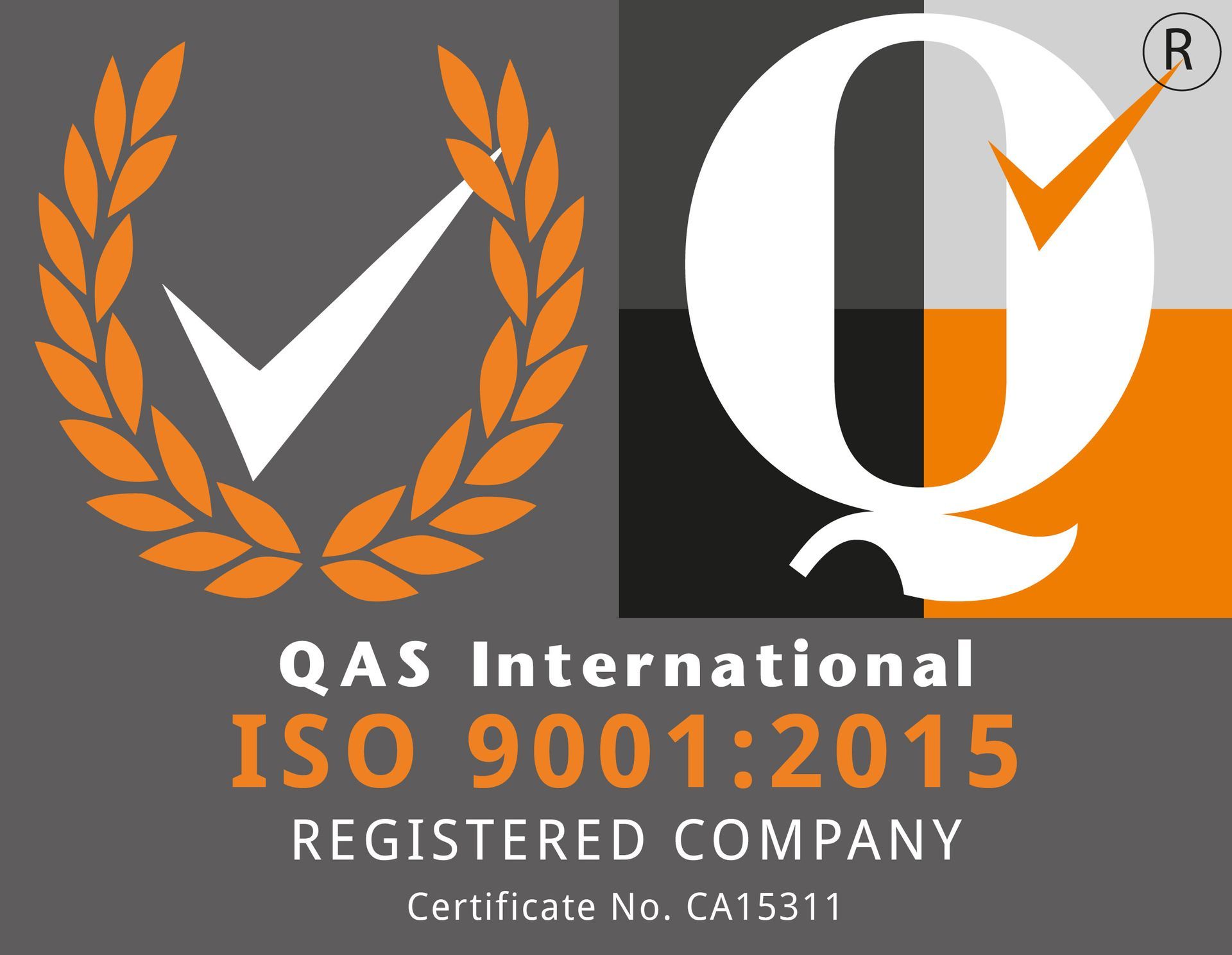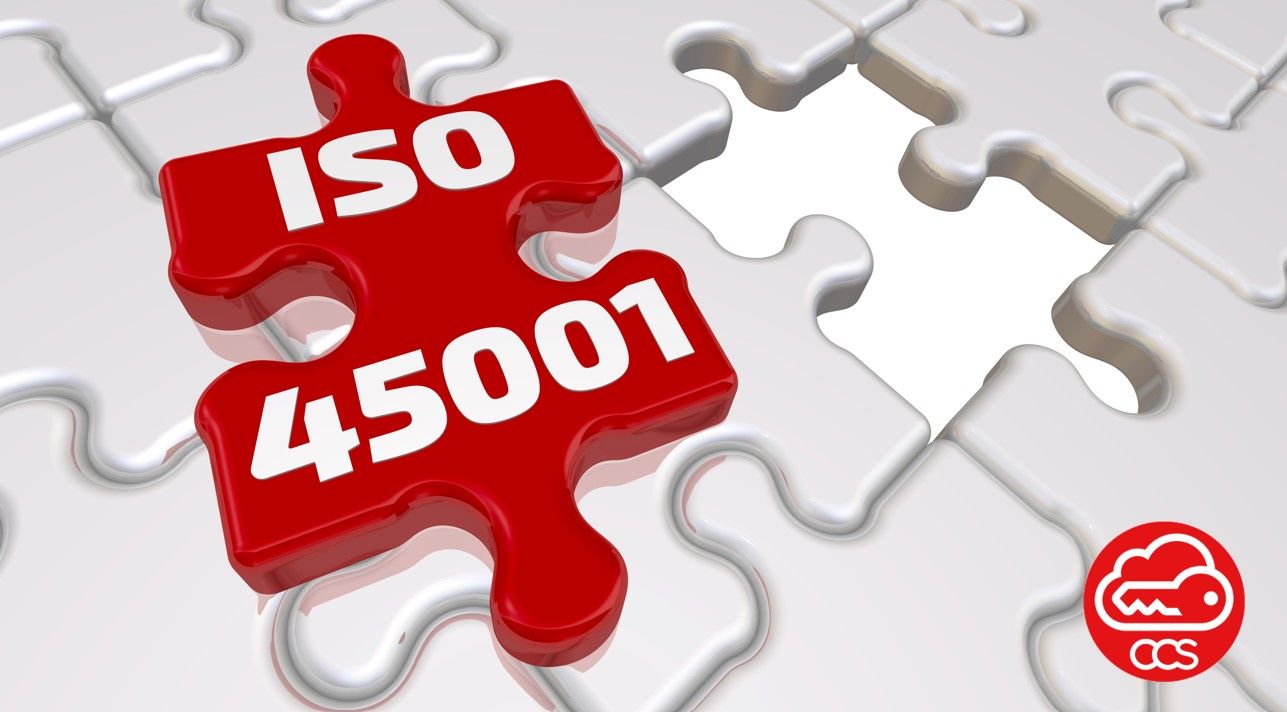World Day for Safety and Health at Work serves as a poignant reminder of the ongoing efforts to ensure workplaces are safe environments. Every year, countless workers face occupational hazards ranging from physical injuries to mental health challenges. However, amidst these challenges, there exists a beacon of hope in the form of ISO 45001, a globally recognized standard for occupational health and safety management systems.
ISO 45001, developed by the International Organization for Standardization (ISO), provides a framework for organizations to proactively manage occupational health and safety risks, improve their performance, and create safer working conditions for employees. Adopting ISO 45001 demonstrates a commitment to fostering a culture of safety, not just for compliance but as a fundamental aspect of organizational values.
Systematic Risk Management: Ensuring Targeted Safety Measures
One of the key benefits of ISO 45001 is its systematic approach to identifying, assessing, and controlling risks. By conducting comprehensive risk assessments, organizations can pinpoint potential hazards and implement measures to mitigate or eliminate them. Whether it's machinery safety protocols in a manufacturing plant or ergonomic assessments in an office environment, ISO 45001 empowers organizations to tailor their safety strategies to specific risks, ensuring a more targeted and effective approach.
Employee Engagement: Empowering the Frontlines
Moreover, ISO 45001 promotes employee involvement and consultation throughout the entire safety management process. Workers are often the first to identify safety concerns on the front lines, and their insights are invaluable in developing practical solutions. By actively involving employees in safety initiatives, organizations not only harness their expertise but also cultivate a sense of ownership and accountability for safety within the workforce.
Continuous Improvement: Adapting to Emerging Challenges
Furthermore, ISO 45001 emphasizes continuous improvement, encouraging organizations to regularly review and refine their safety management systems. This iterative approach ensures that safety measures remain relevant and effective in the face of evolving risks and changing work environments. By fostering a culture of continuous improvement, organizations can adapt to emerging challenges and stay ahead of the curve in safeguarding employee health and well-being.
Reputational Value and Cost Savings: A Dual Benefit
Additionally, achieving ISO 45001 certification sends a powerful message to stakeholders, including customers, suppliers, and regulatory bodies, about an organization's commitment to safety. It enhances reputational value, instils trust, and can open doors to new business opportunities. Moreover, ISO 45001 certification can also lead to cost savings through reduced workplace incidents, insurance premiums, and regulatory fines, making it a sound investment in both human and financial capital.
Tailored Implementation: Meeting Unique Organizational Needs
However, it's essential to recognize that implementing ISO 45001 is not a one-size-fits-all solution. Each organization faces unique challenges and must tailor its approach to suit its specific context and needs. Successful implementation requires strong leadership, dedicated resources, and a collaborative effort across all levels of the organization.
Commemorate World Day for Safety
As we commemorate World Day for Safety, let us reaffirm our commitment to creating safer, healthier workplaces for all. ISO 45001 serves as a powerful tool in this endeavour, empowering organizations to proactively manage occupational health and safety risks, engage employees, drive continuous improvement, and ultimately, protect the most valuable asset of any organization – its people. By embracing ISO 45001, we can pave the way towards a future where every worker can return home safely at the end of each day




